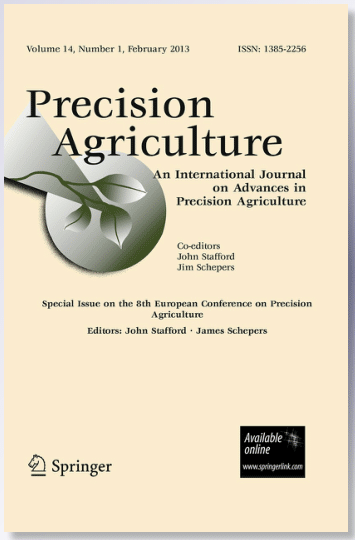The fast and accurate provision of within-season data of green area index (GAI) and total N uptake (total N) is the basis for crop modeling and precision agriculture. However, due to rapid advancements in multispectral sensors and the high sampling effort, there is currently no existing reference work for the calibration of one UAV (unmanned aerial vehicle)-based multispectral sensor to GAI and total N for silage maize, winter barley, winter oilseed rape, and winter wheat.
In this paper, a practicable calibration framework is presented. On the basis of a multi-year dataset, crop-specific models are calibrated for the UAV-based estimation of GAI throughout the entire growing season and of total N until flowering. These models demonstrate high accuracies in an independent evaluation over multiple growing seasons and trial sites (mean absolute error of 0.19–0.48 m2 m−2 for GAI and of 0.80–1.21 g m−2 for total N). The calibration of a uniform GAI model does not provide convincing results. Near infrared-based ratios are identified as the most important component for all calibrations. To account for the significant changes in the GAI/ total N ratio during the vegetative phase of winter barley and winter oilseed rape, their calibrations for total N must include a corresponding factor. The effectiveness of the calibrations is demonstrated using three years of data from an extensive field trial. High correlation of the derived total N uptake until flowering and the whole-season radiation uptake with yield data underline the applicability of UAV-based crop monitoring for agricultural applications.


